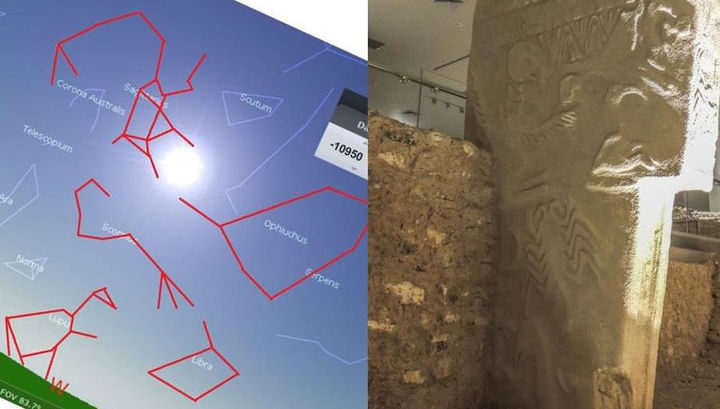
© Martin SweatmanAs far back as 40,000 years ago, humans kept track of time using relatively sophisticated knowledge of the stars,
Some of the world's oldest cave paintings have revealed how ancient people had relatively advanced knowledge of astronomy.
The artworks, at sites across Europe, are not simply depictions of wild animals, as was previously thought. Instead, the animal symbols represent star constellations in the night sky, and are used to represent dates and mark events such as comet strikes, analysis suggests.
They reveal that, perhaps as far back as 40,000 years ago, humans kept track of time using knowledge of how the position of the stars slowly changes over thousands of years.
The findings suggest that
ancient people understood an effect caused by the gradual shift of Earth's rotational axis. Discovery of this phenomenon, called precession of the equinoxes, was previously credited to the ancient Greeks.Around the time that Neanderthals became extinct, and perhaps before humankind settled in Western Europe, people
could define dates to within 250 years, the study shows.
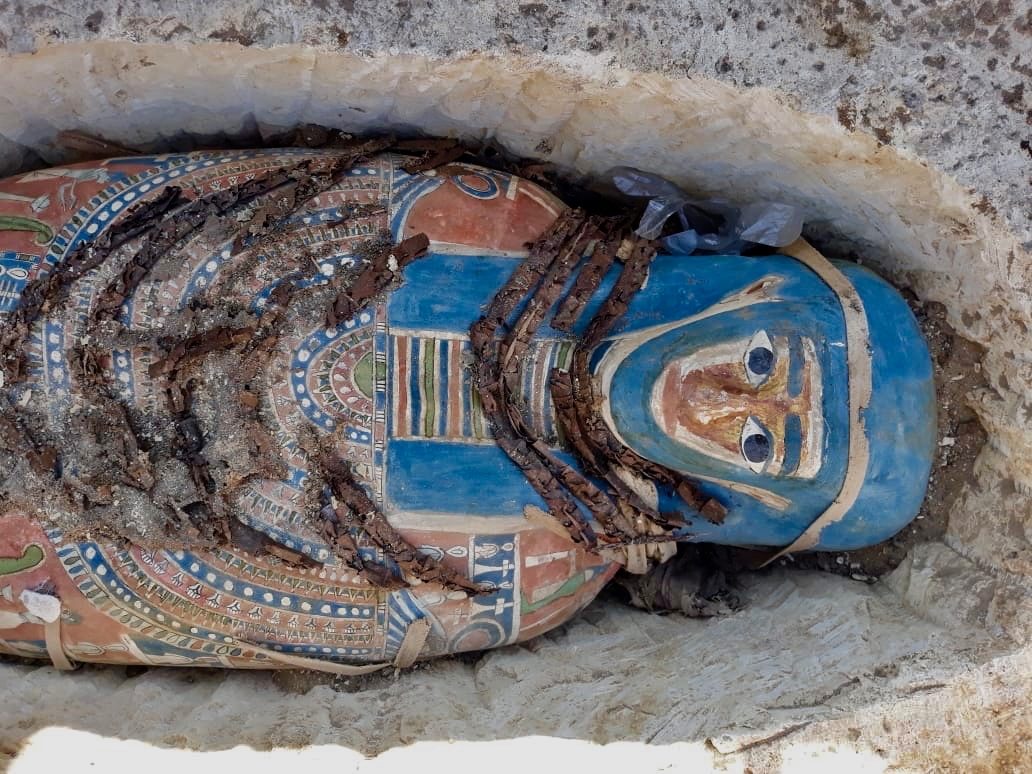
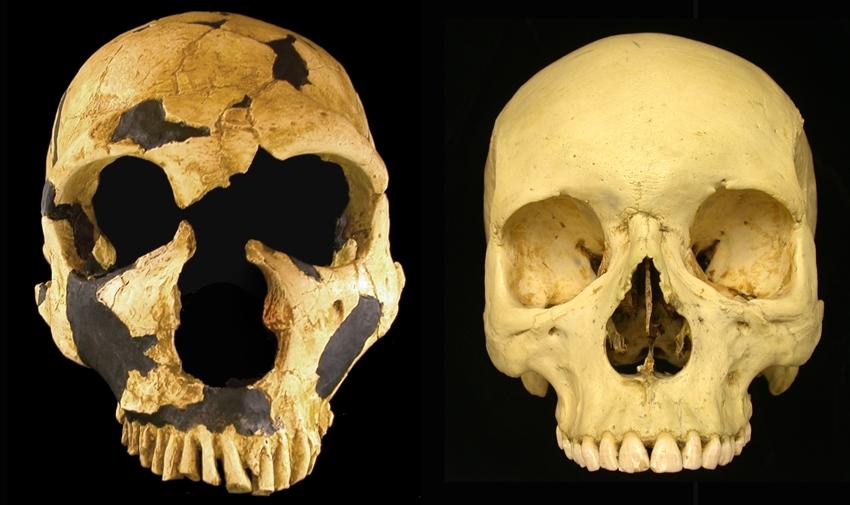
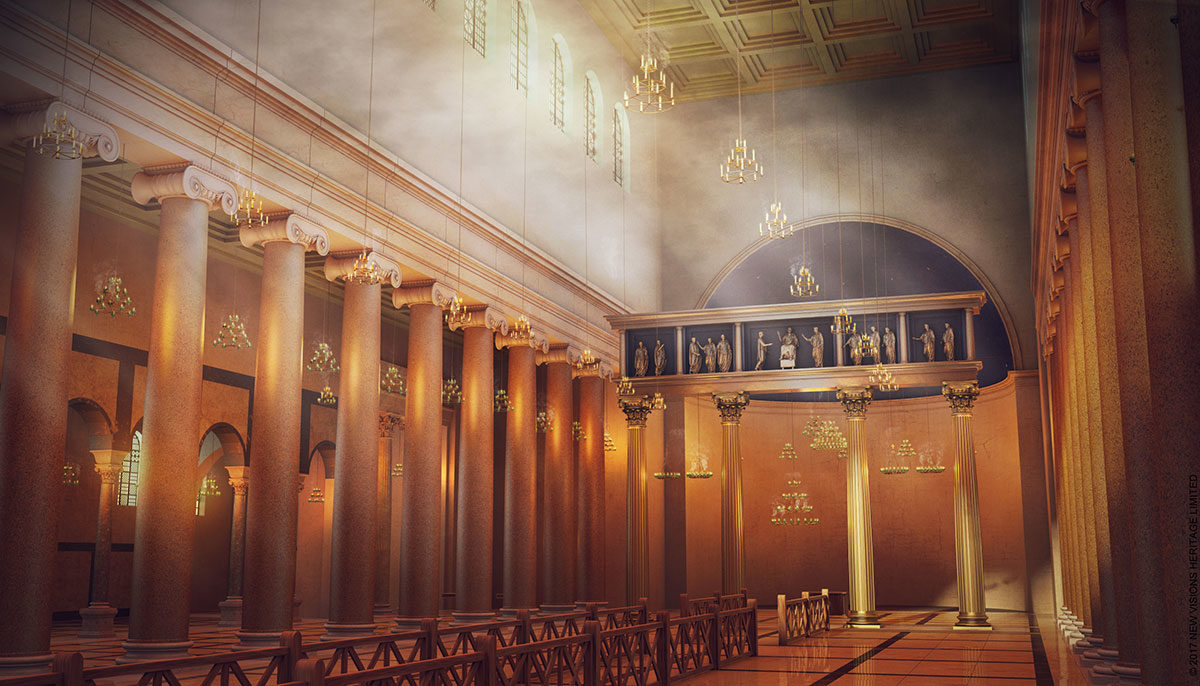

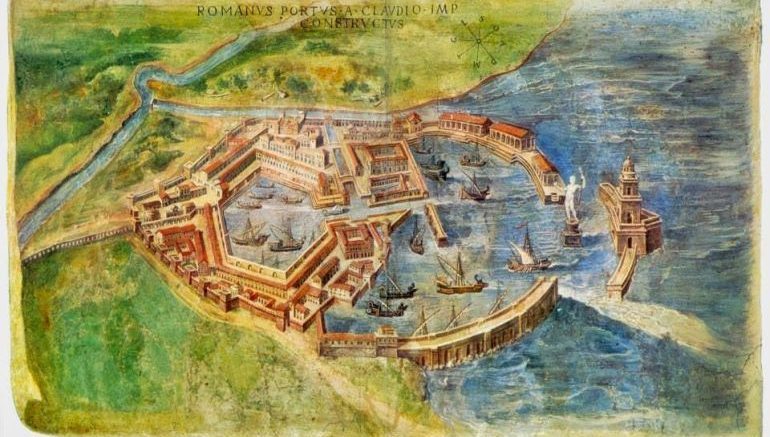
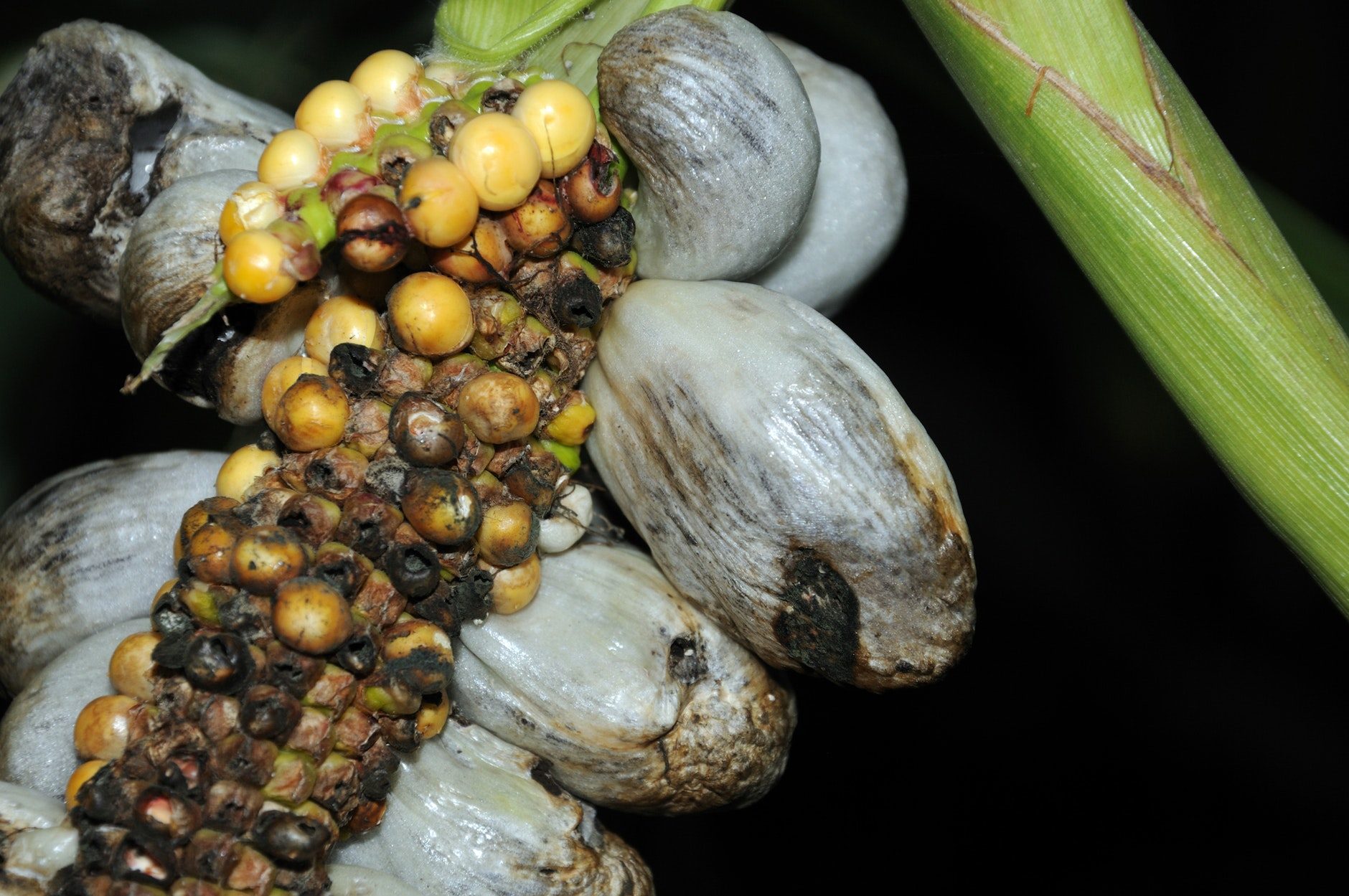

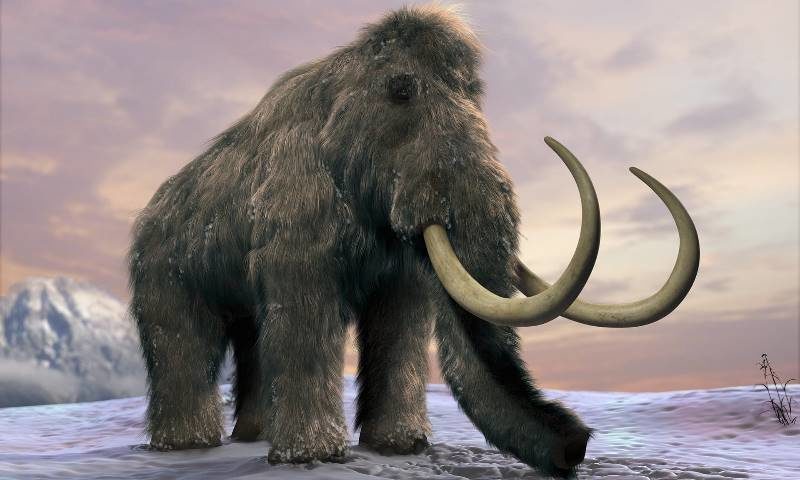

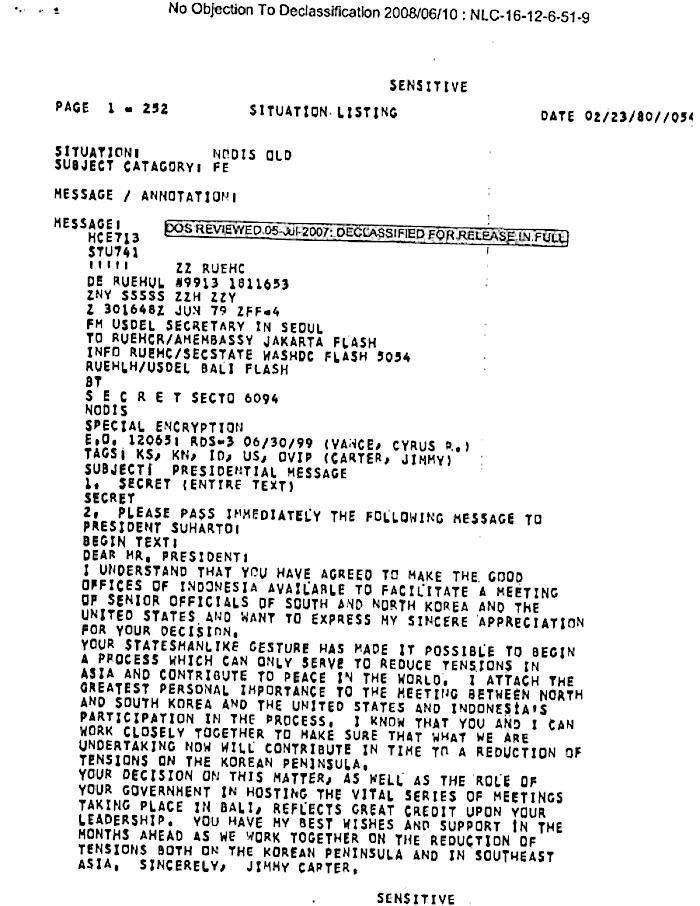




Comment: Recent studies show that humans also interbred with Denisovans as well as an unknown species.
See also: